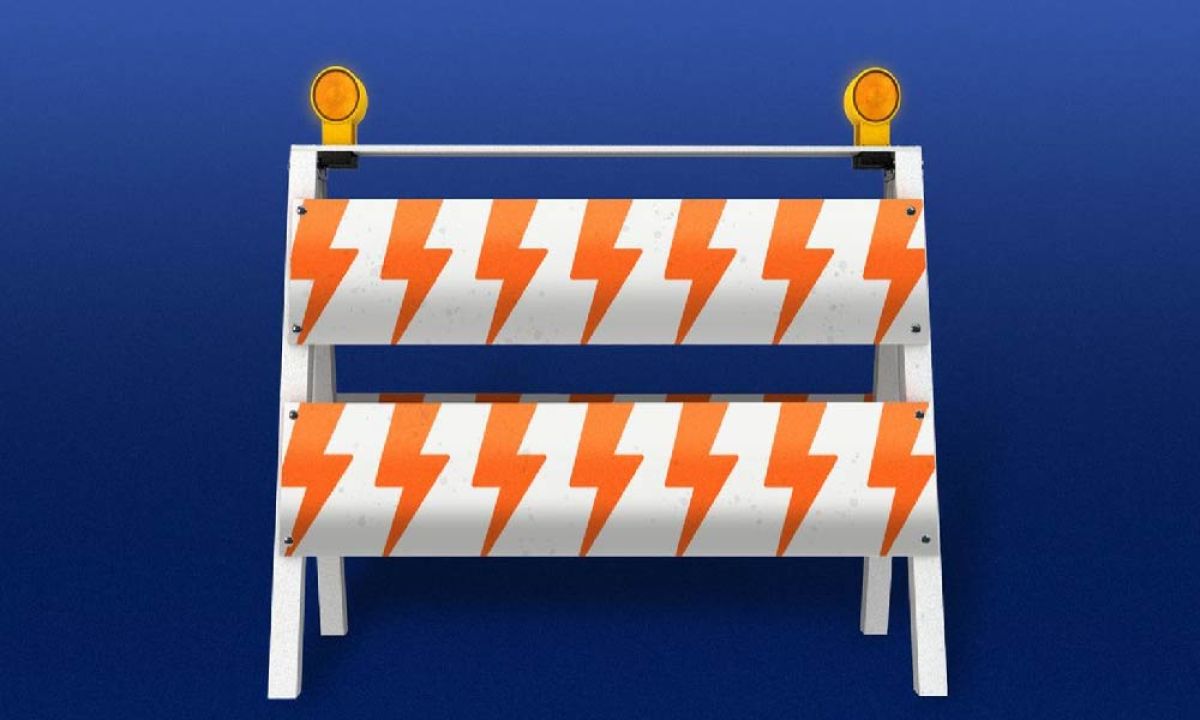Construction, eNews
The power of job information sheets in infrastructure projects
Collecting important project information for payment documents, like preliminary notices or lien waivers, can pose a widespread challenge across the construction industry—and it can become frustrating when you realize essential project details are left behind when completing documentation.

Collecting important project information for payment documents, like preliminary notices or lien waivers, can pose a widespread challenge across the construction industry—and it can become frustrating when you realize essential project details are left behind when completing documentation.
Without sufficient and accurate job information, the company’s ability to secure payment through a mechanic’s lien or bond for their projects may be in jeopardy.
Why it matters: Infrastructure projects can be complicated for several reasons. Whether it is the absence of a physical address of where the job will take place or funds from public-private partnerships (P3), these projects can have an overall higher chance for something to go wrong.
Construction credit professionals can use a special document with essential project information allowing the ability to preserve their lien rights and get paid. This document is known as a job information sheet.
What is included in a job sheet? Most will include information such as:
- Company name and address
- Project type
- Important project dates
- Property owner, developer and bonding information
- Participants on the project
Credit professionals should not just obtain this data from the direct client, but for all parties to the job, including the subcontractor, the GC, the owner and lender for the project. This can help with both collections and due diligence efforts.
Isaac Kotila, credit support manager at Insulation Distributors Inc. (Chanhassen, MN), recently reworked forms on his job account process to remove additional data that was not necessary for what was required of their company.
“We removed some of the old language and carved it down to the specifics of what we need in order to appease on the sales side because they have to get all the information from our customer to make that process smoother and quicker for everybody,” Kotila said. “There is helpful information that you get from the job sheet by knowing the GCs and owner for the project. Payment must be exchanged in multiple peoples’ hands before it comes downstream to everybody else. So, knowing who those parties are and who you’d have to go after to make sure that those payments are being received is important.”
Job information sheets at their core are an underwriting process to figure out where the money is coming from and how to identify all involved parties. It is also important to identify the location of the property where you intend to assert your rights. Some credit professionals think job sheets resemble credit applications because they are doing an underwriting practice. However, the two have their differences.
“Job accounts justify the credit against a piece of property that is being improved rather than the credit limit of the customer based on their financial integrity,” said Chris Ring of NACM’s Secured Transaction Services. “You may receive a credit application from a subcontractor and after you do your due diligence, they may qualify for a $5,000 credit line. But that subcontractor may want to purchase $100,000 of your materials. To justify that amount of credit, you’d obtain job information and set up a job account to justify that $100,000 credit line against the value of the piece of property being improved. Or if it’s a public job, against the payment bond posted by the general contractor.”
Mitigating risk is an essential function in credit overall—but it is especially true when it comes to infrastructure projects. Whether it is a public or private project, you must know where your money and supplies are going. Exchanging job information also increases transparency on the project. For those who are closer to the top level, it can be hard to track all tabs on the project—and most do not want to deal with mechanic’s liens on the property.
“We need to know the value of that project, who the general contractor is, if there is one, who owns the property and whether our customer is the owner, the GC, sub or another material supplier,” said Alissa Brown, credit manager at Koch Air LLC (Evansville, IN). “We use the job sheet to get to know all the players so that we can track if we have lien rights or not. And we will find that out upfront because a lot of times that will help you decide on whether to extend that customer credit.”
Brown said if there is a newer customer with a project that has no lien rights, they may avoid that job. “It’s very helpful if they have a bond, but otherwise, it’s considered completely unsecured,” she explained. “That’s why we do job sheets up front to see if we have lien rights for a private project, and if it’s public, is there a bond to gather all information so that we can make a better risk decision.”
The bottom line: Job information sheets are critical to secure payment, mitigate risk and increase transparency.





